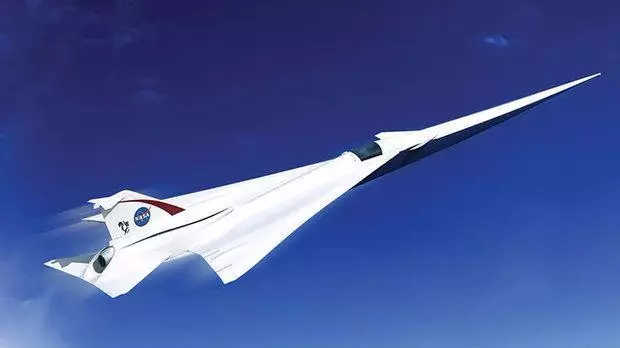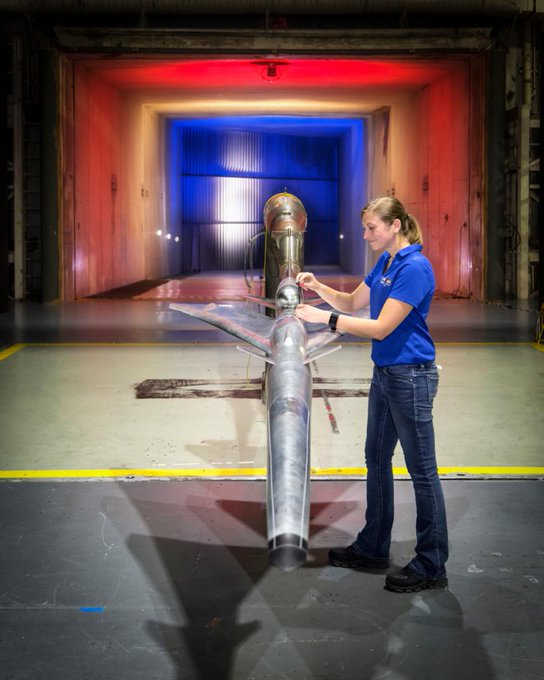
Some of us aren't old enough to know too much about Concorde, other than the fact it was, for lack of a better term, fucking quick.
Entering service in 1976, and being used until 2003, the supersonic jet was extremely advanced when it was first used.
However, at the turn of the Millennium, when a crash in France killed all 100 passengers, terrorists attacked the World trade Centre on September 11, 2001 (forcing less people to trust air travel), and its analogue cockpit became outdated, it was retired.
Advert
Despite this, NASA have unveiled their plans to bring back what has been dubbed 'the new, quieter Concorde'.
The jet, called QueSST, will reportedly be able to fly at double the speed of a commercial jet, meaning it can complete a journey between London and New York in three hours.
Credit: NASA Langley Research Center
Advert
It's gathered comparisons to Concorde because of its speed and appearance, having a slim, pointed nose.
You can't expect to fly on it anytime soon however, as its first test flight can only be as early as 2021, and it's still in its wind tunnel testing stage.
The agency's official website says that over the next several weeks, engineers will conduct aerodynamic tests on a 15 percent scale model of the aircraft in a wind tunnel, using the data collected to predict how it will perform and fly in low-speed flight.
Besides, it's unlikely that any Tom, Dick and Harry will be able to book flights on it on a whim, as NASA have reportedly put £290million into the development of the craft.
Advert
In 1984, a return ticket to New York cost £2,399 on Concorde, and given that a Freddo cost 2p then, and now costs 20p due to inflation, you can guess it'll be the same.
NASA spokesman, Peter Coen, said: "Supersonic flight offers the potential to improve the quality of life of those that fly, by greatly reducing travel time.
"In the nearer term, NASA's development of quiet supersonic flight technology needs support, interest and engagement from the community to ensure that the potential sound is acceptable to those on the ground."
David Richwine, also from NASA, added: "We're now one step closer to building an actual X-plane."
Featured Image Credit: NASATopics: Nasa
